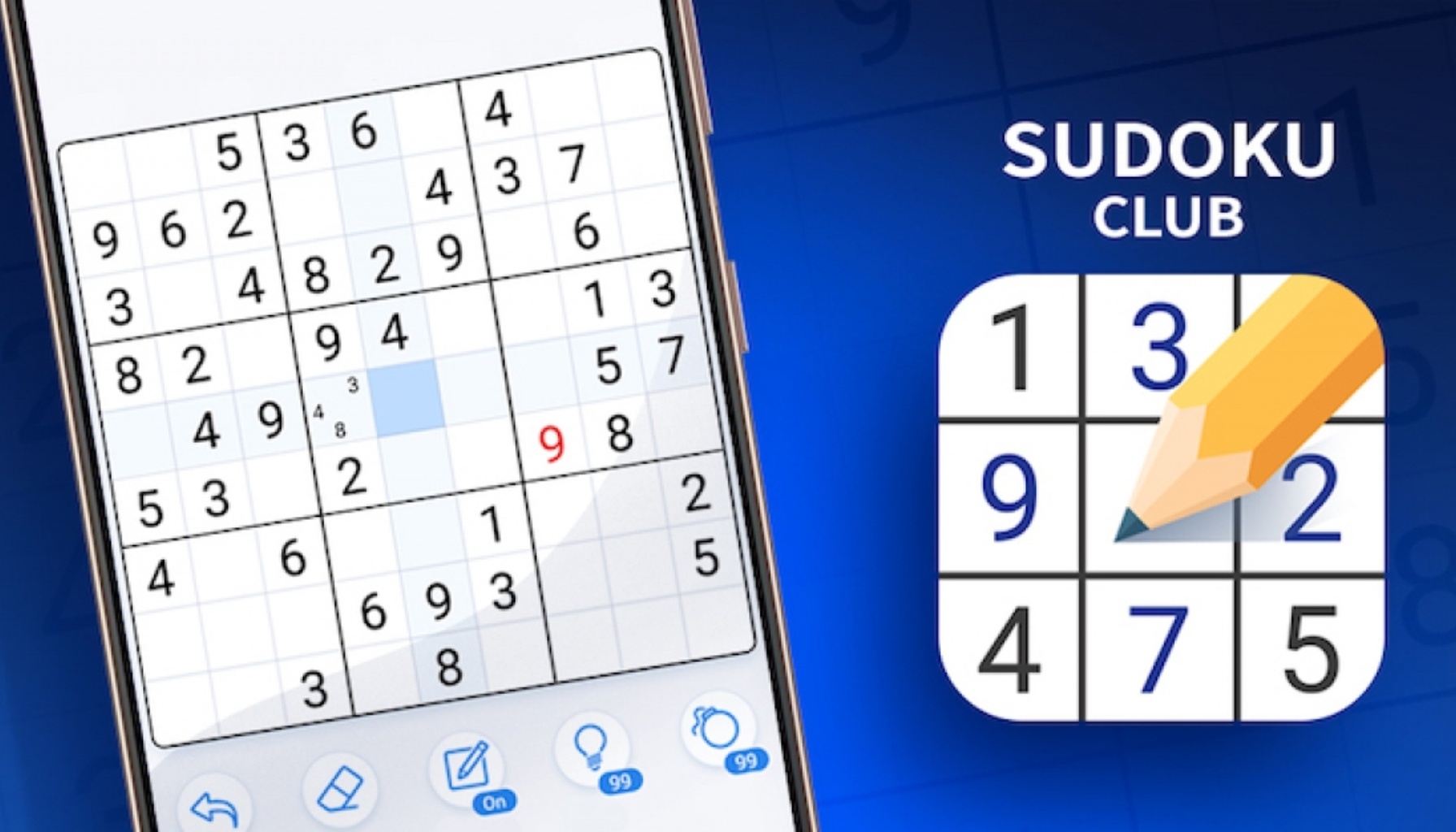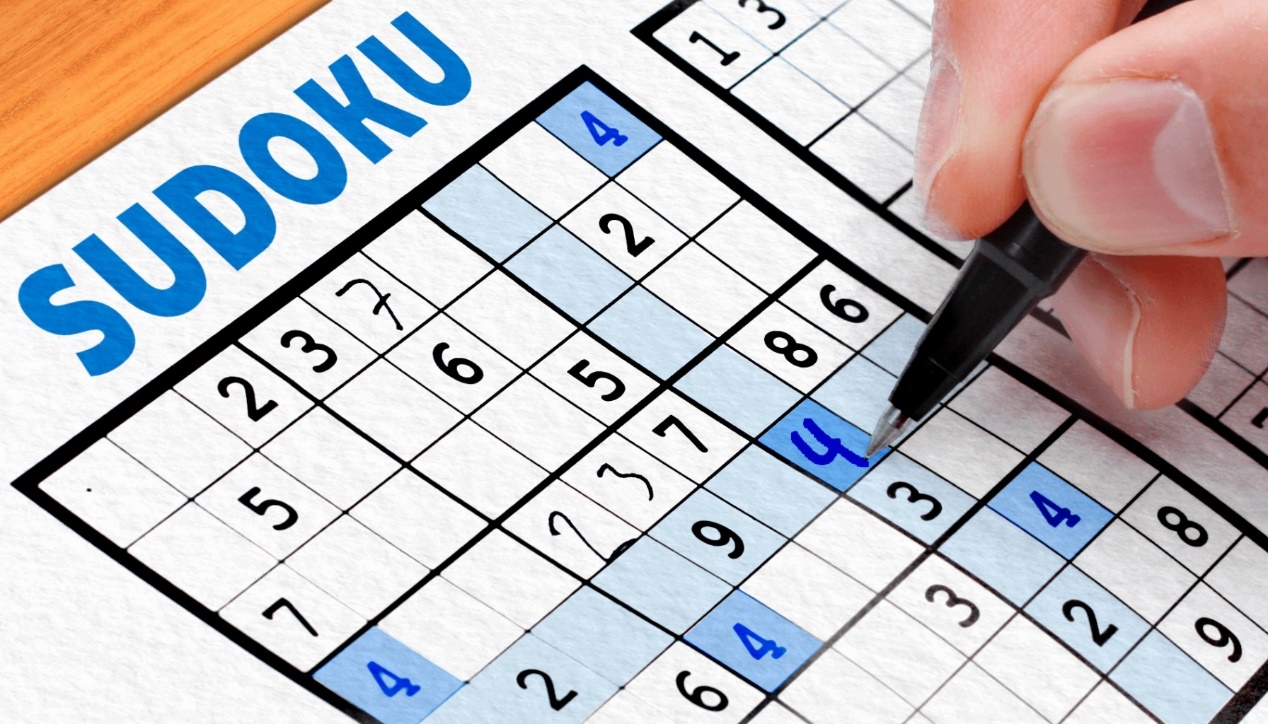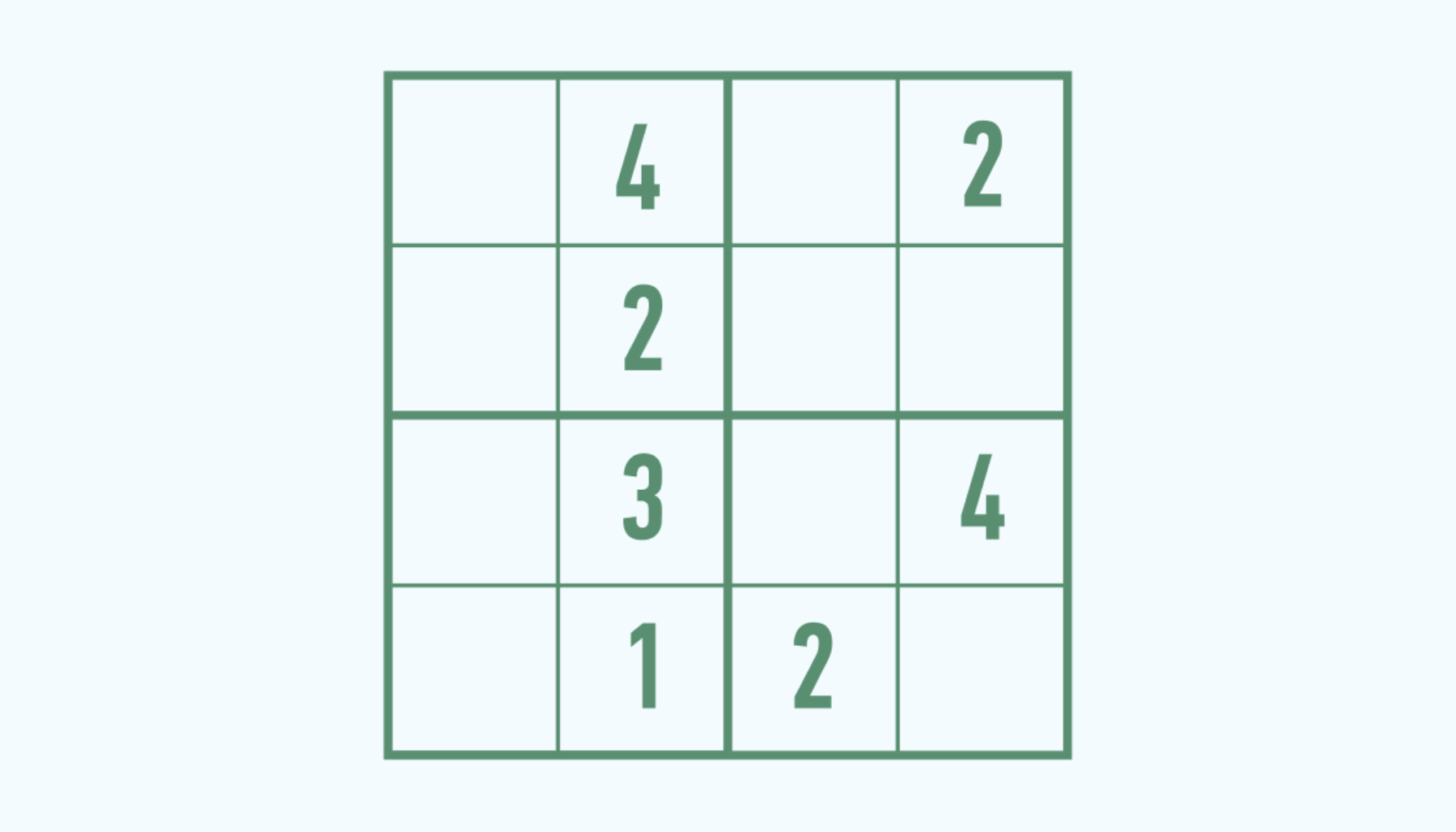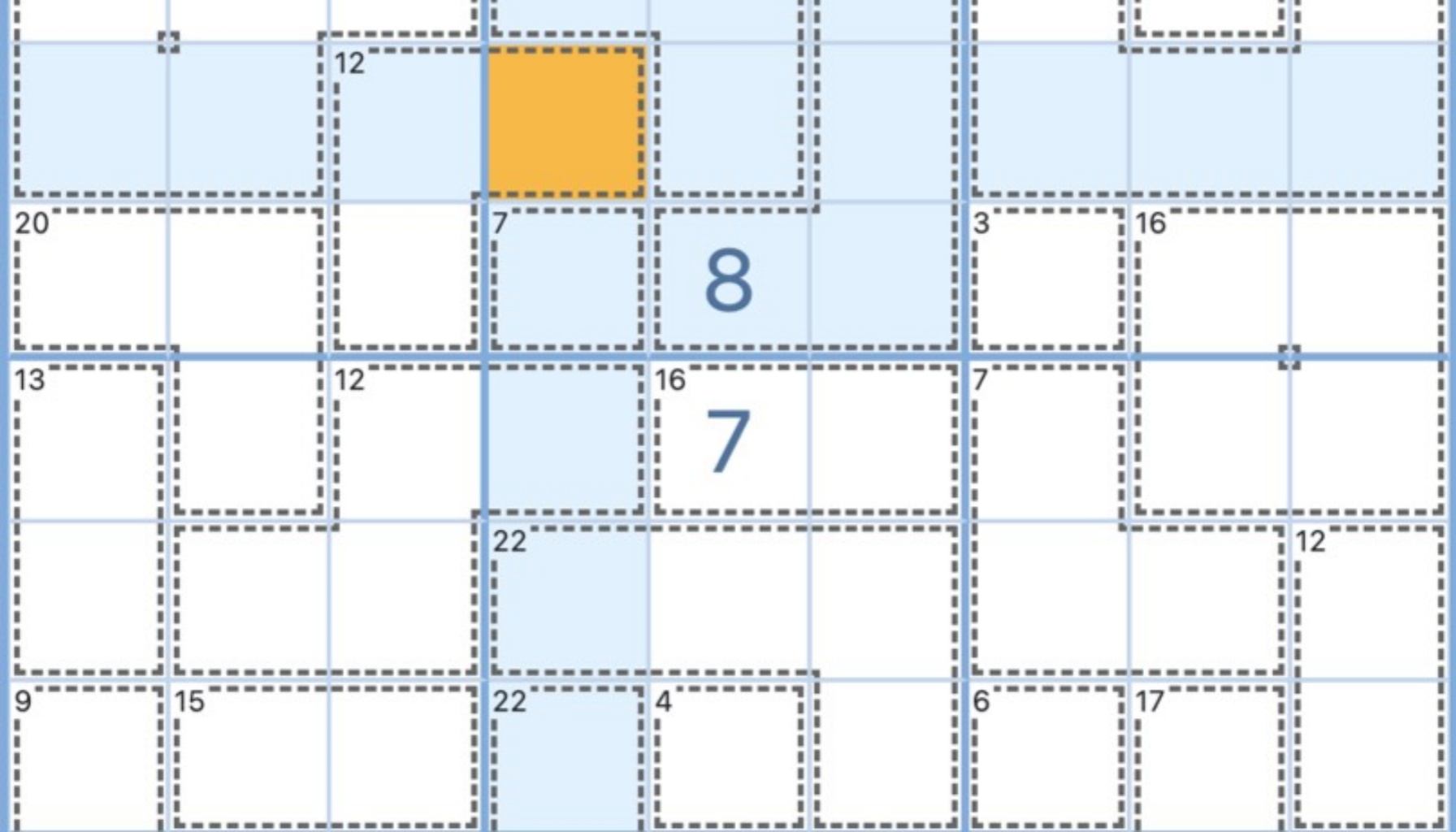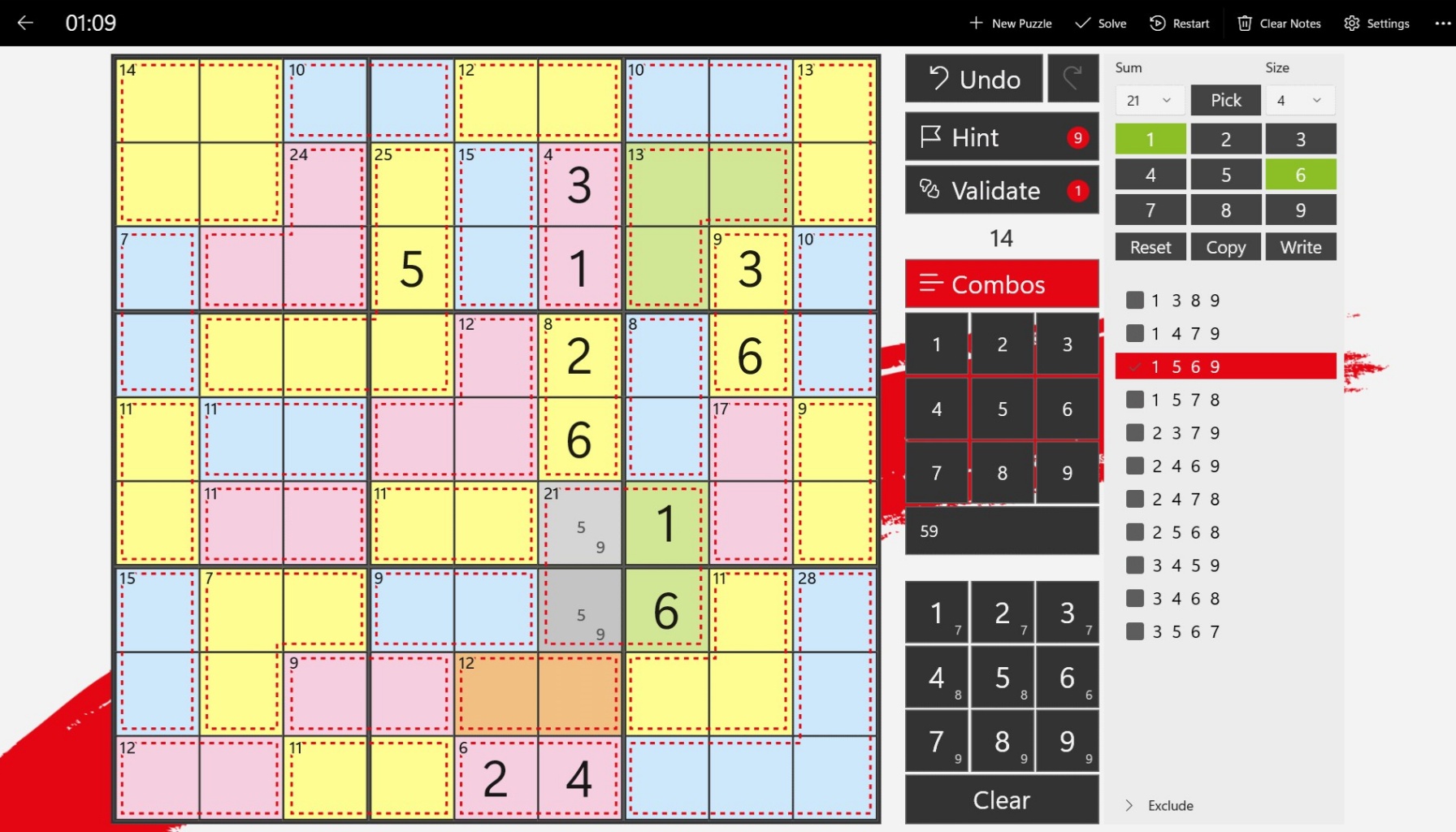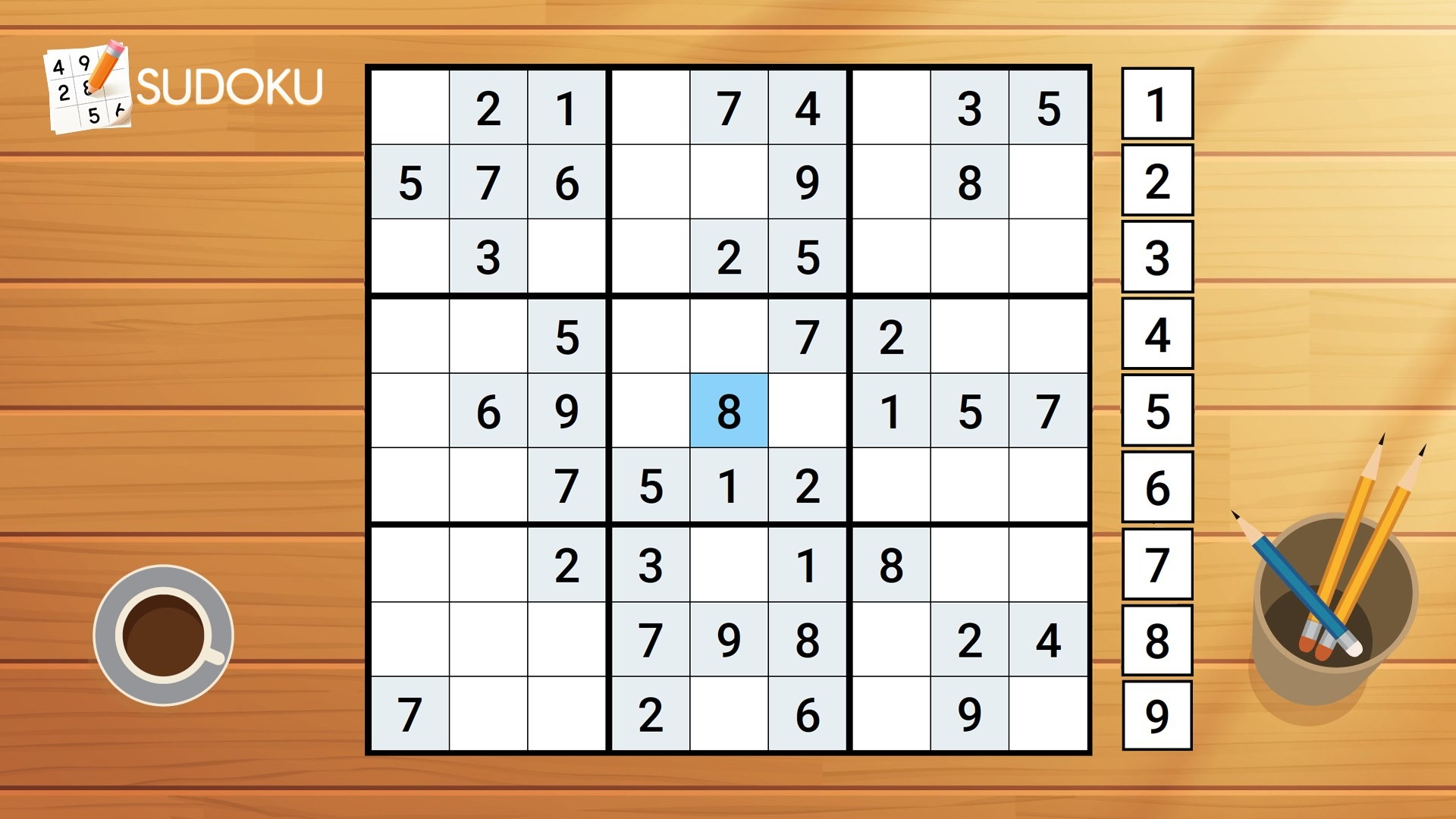Artificial Intelligence and Sudoku: From Games to the Future of Widespread Application
Sudoku, a classic puzzle game, is loved by players for its high requirements for logical reasoning. However, in recent years, the application of Sudoku has gone beyond the entertainment scope of human players and has become an important tool for testing the capabilities of artificial intelligence (AI). In 2019, a Sudoku robot competition allowed people to witness the amazing potential of AI in logical reasoning and efficient computing, and even provided inspiration for future technological development.
AI robot performance in Sudoku
In this competition, a robot called "SudokuSolver" became the focus. It demonstrated amazing problem-solving speed and was able to complete the most difficult Sudoku problems in less than a second.
The pinnacle of speed and efficiency: For ordinary players, such problems often take hours or even days to solve, but SudokuSolver's performance is far beyond the reach of humans.
The power of algorithms: SudokuSolver relies on advanced algorithms and machine learning technology. By analyzing all possible solution paths, it can quickly narrow down the options to find the only correct answer.
This is not just a competition, but also a comprehensive test of AI's logical reasoning and computing capabilities.
The technology behind AI solving Sudoku
SudokuSolver's efficient problem-solving ability is due to the following core technologies:
Deep learning and neural networks
By training millions of Sudoku puzzles, AI can understand a variety of different problem-solving strategies, thus forming a flexible problem-solving mindset.
BacktrackingThis traditional algorithm finds the correct solution by gradually trying and backing off, and when combined with AI's fast computing power, it achieves extremely high efficiency.
Heuristic SearchAI can make quick judgments based on local information and choose the most likely path, thereby reducing unnecessary calculation steps.
These technologies are not only applicable to Sudoku, but also provide strong technical support for applications in other fields.
Wide application of Sudoku algorithms
The significance of this Sudoku robot competition goes far beyond demonstrating the capabilities of AI. It has inspired people to apply Sudoku problem-solving algorithms to more practical problems, including:
1. Data analysisThe core of Sudoku problem-solving lies in the efficient screening and organization of complex information. Similar algorithms can be applied to big data analysis to quickly discover patterns, predict trends, and optimize decisions.
2. Logistics and resource allocationIn the logistics industry, AI algorithms can be used to solve problems such as cargo distribution and transportation route optimization, just like finding the best solution in Sudoku.
3. Medical diagnosisBy processing complex medical data, such as gene sequences or image analysis, AI can quickly screen out potential abnormalities and assist doctors in making diagnoses.
4. Financial forecasting and risk controlRisk assessment and market forecasting in the financial field require processing large amounts of data and complex variables. The logical reasoning ability in Sudoku algorithms is also applicable in this field.
Prospects for cooperation between AI and humansAlthough AI has far surpassed humans in solving Sudoku, it does not mean that it will replace human intellectual activities. On the contrary, it provides a new model of cooperation:
Enhancing human capabilities: AI can assist humans in solving more complex problems and allow humans to focus on creative thinking.
Inspiring innovation: Algorithms developed from Sudoku may inspire new technical ideas and bring breakthroughs to scientific research, engineering design and other fields.
